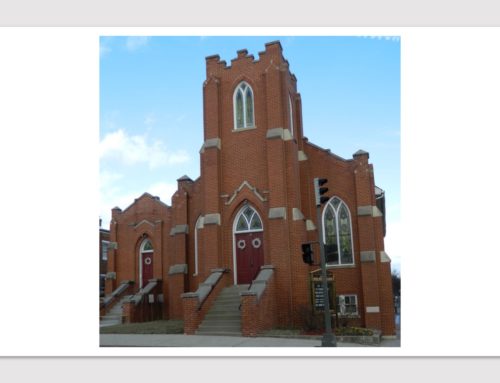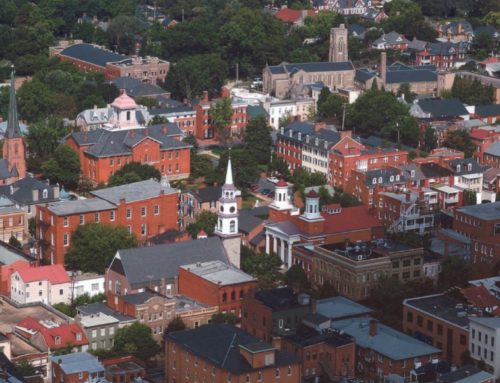Webinar – GeoMashups, Digital Storytelling, and Community Curated Resource Surveys
- Do you ever visit a nearby area and wonder how you could quickly access digital information on local Landmarks?
- Do you feel as if your resources and collection are not represented on the internet?
- Do you want to collect community input on historically relevant topics and associated sites?
This session seeks to demonstrate examples of digital media resources that are available to agencies, institutions and non-profits to communicate historic data, research and information to the average citizen. The session offers a range of ideas, from free or no cost apps funded through CLG grants and available to all for implementation, to digital media resources available for the researcher or institution, to HistoryPin an online program that allows for more grassroots community input and data collection. The cost of implementation for the examples includes some at low or no cost. The session is a panel format, and includes agencies and non-profits who have implemented apps on local landmarks, technology experts who have designed open source software, as well as Institutions of Higher Learning who focus on digital history degrees/archiving and corresponding resources.
Speakers
- Ralph Richardson, Maven, Designer of the Riverside Landmarks App and corresponding shareware
- Erin Gettis, City of Riverside and City HPO
- Jonathan Haeber, Field Services Director, California Preservation Foundation – On making use of publicly available data and open source technology to make a community-curated map of statewide historic sites at no cost.
Learning Objectives
- Develop a basic knowledge on the range of digital media resources that are available for sharing geolocated data, collections, research and information with the public.
- Using case examples, identify the process and lessons learned from obtaining CLG grant money to implement a local historic landmark mobile app.
- Determine how digital media can assist communities in sharing their story more broadly with the general public for long term community benefit.
- Identify the most commonly used open source technologies, applications, and tools for developing low-cost, easily deployable community mapping applications, including MySQL, jQuery Mobile, BoostrapJS, Leaflet, Google Maps API, and OpenStreetMap.


